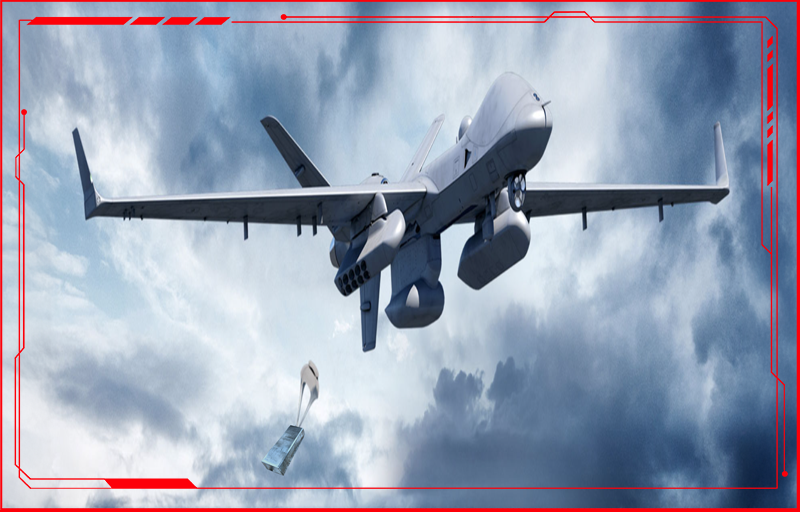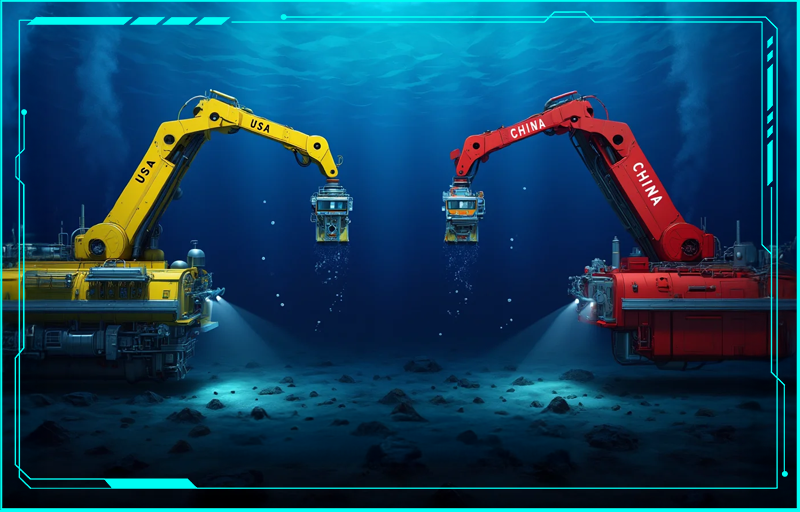In a deal that would’ve sounded like science fiction five years ago, Anduril Industries has brought Meta, Microsoft, and OpenAI together to build out the next generation of military technology: autonomous weapons, drone defense platforms, and battlefield-ready augmented reality systems. This isn’t some DARPA side project or long-range concept pitch. It’s happening now, under contracts worth billions, with weapons already deployed in Ukraine and U.S. Marine bases across the globe.
At the center of it all is Palmer Luckey, the flip-flop-wearing tech billionaire who made his fortune building Oculus VR and got fired from Facebook after backing pro-Trump meme groups. Now he’s using that same rebellious Silicon Valley energy to upend the U.S. defense industry — and possibly push global silver demand to unsustainable levels.
The Warfighting Platform of the Future: Built by Tech, Funded by Tech
Anduril isn’t Boeing. They’re not waiting around for government R&D dollars. Instead, Luckey’s firm develops, manufactures, and fields ready-made systems with private capital — then sells the finished product to the Department of Defense. That’s a model that breaks away from the legacy defense primes, and it’s allowed Anduril to move fast and outmaneuver much larger competitors.
One major pillar of this effort is the Integrated Visual Augmentation System (IVAS), a project developed with Microsoft and now under Anduril’s oversight. The goal: a soldier-worn AR headset that turns battlefield data into a real-time command and control system. It taps into cloud AI (via Microsoft Azure), fused sensors, and body-mounted optics to improve situational awareness, drone detection, and enemy targeting.
It’s all powered by AI, but none of this gear runs without serious hardware — and that’s where silver comes in.

Silver’s Role: Embedded in Every Platform
There’s no battlefield AI without sensors. No drone defense without guided electronics. And no augmented reality headsets without optical-grade conductivity and thermal management. All of that means silver — lots of it.
Here’s where it adds up:

| System/Platform | Silver Use Case | Deployment Scope |
|---|---|---|
| IVAS Headset | Conductive pastes, optical coatings, sensors | Army-wide rollout pending DoD approval |
| Lattice AI Command Platform | Data fusion modules, processors, signal routing | Already deployed in multiple services |
| Long-Range Sentry Towers (C-UAS) | Radar, RF modules, thermal optics | Marine Corps, U.S. bases worldwide |
| Roadrunner Jet Drone & Dive XL Submarine | Avionics, power systems, comms | Active in Ukraine, U.S. allies |
| Fury Unmanned Fighter Jet | Targeting systems, flight controls | Scheduled test flights this summer |
Each of these systems requires embedded electronics, many in hostile environments — meaning high-reliability silver components are non-negotiable. While the industry doesn’t disclose silver volume per unit, it’s understood that drone and AR platforms like these consume significantly more silver per system than consumer electronics.

OpenAI, Meta, and Microsoft Join the Fray
This isn’t just a hardware story. The software layer driving these weapons is equally critical, and that’s where Anduril’s partnerships with OpenAI, Meta, and Microsoft matter.
- OpenAI is expected to support battlefield language models and decision-support tools that feed into Lattice, Anduril’s AI operating system. This is the same platform that fuses input from drones, satellites, and radar to recommend real-time action — potentially without human involvement.
- Meta is contributing its XR (extended reality) hardware and development tools, marking a major pivot into defense. Their involvement includes building the “Eagle Eye” helmet, which layers digital information over a soldier’s vision — something Palmer Luckey compared to Call of Duty goggles.
- Microsoft, already a longtime government cloud provider, is supplying Azure as the preferred hyperscale backbone for all data and AI integration across Anduril’s platforms.
The collaboration brings together three of the most powerful players in AI computing. It’s also an indicator of how intertwined Silicon Valley has become with defense infrastructure — with potential economic consequences far beyond the battlefield.


The Drone Threat Is Real — and It’s Here
In March 2025, Anduril secured a $642 million contract to protect U.S. Marine Corps bases from drone incursions. The systems, which include radar towers, low-collateral interceptors, and electronic warfare platforms, are all designed to detect, track, and disable Group 1 and Group 2 UAVs (think DJI-style quadcopters or loitering munitions).
The centerpiece? The Lattice AI Platform, a real-time, sensor-integrating command tool that allows Marines to neutralize threats faster than any human could alone. A single operator can manage an entire drone-defense array through a central interface — something Luckey says “invites the user at key decision points,” but is otherwise fully autonomous.
Again, the backbone is silver: in signal routing, high-frequency sensors, and power components across these networks.

Scaling to War: Silver Supply in Question
With Anduril now poised to build large volumes of autonomous jets, drones, sensors, and base-defense systems, the material throughput — particularly silver — is no longer theoretical.
The Pentagon’s own simulations suggest the U.S. would burn through its munition stockpile in less than 10 days in a full-scale war with China. Palmer Luckey has stated bluntly that his goal is to supply the weapons used “on day nine, day 10, day 100.”

That implies massive scale, constant production, and a relentless demand for the conductive metals that make it all work. Silver, already under pressure from solar and EV growth, faces another surge in demand — this time from military robotics.

Closing the Loop: Defense Tech is Silver Tech
It’s no exaggeration to say Anduril’s product line — from drone hunters to fighter jets — may become the most silver-intensive set of military technologies in decades. Unlike legacy platforms that were built for bulk and firepower, today’s AI-driven weapons rely on speed, data, and electrical performance. That means advanced circuitry, embedded sensors, and modular electronics — all of which consume silver.
Anduril’s rise isn’t just a Silicon Valley story. It’s a warning: as tech eats war, war eats silver. And unless major adjustments are made to the global mineral supply chain, the demand curve driven by next-gen military platforms could push this precious metal to true scarcity — not just in markets, but in manufacturing.
This is what the future of warfare looks like. Fast, smart, autonomous — and running on Silver.






